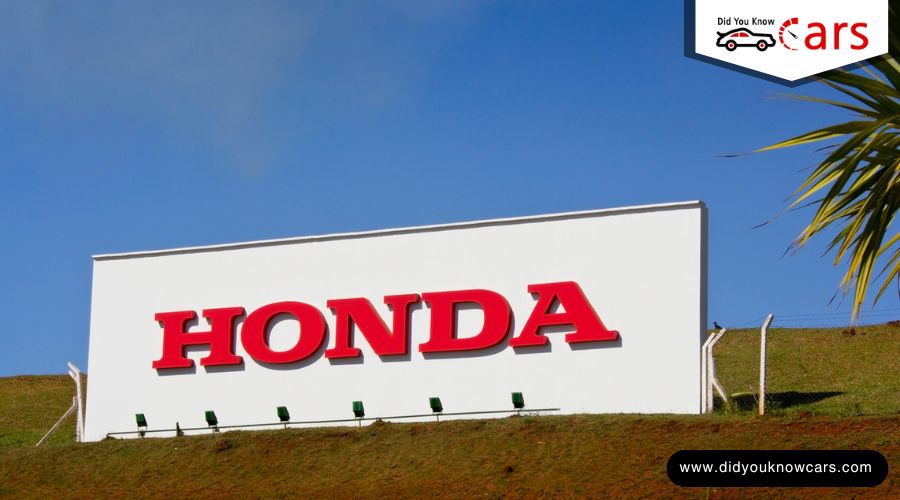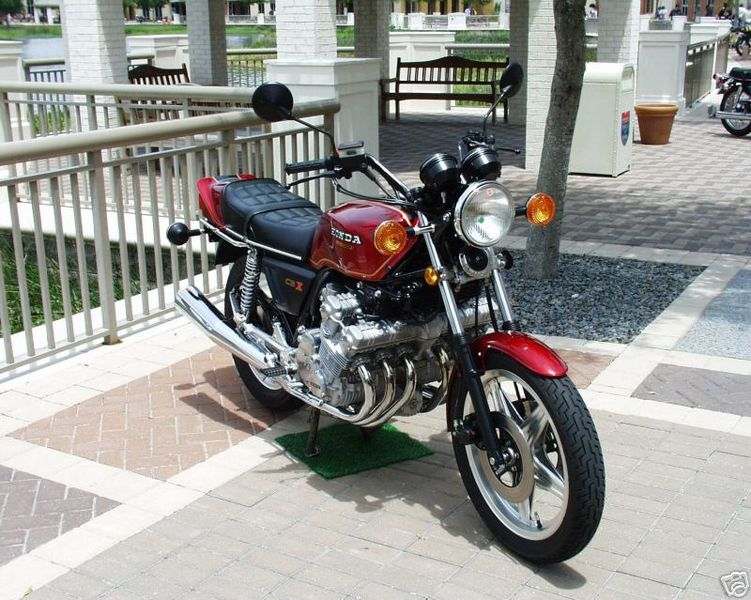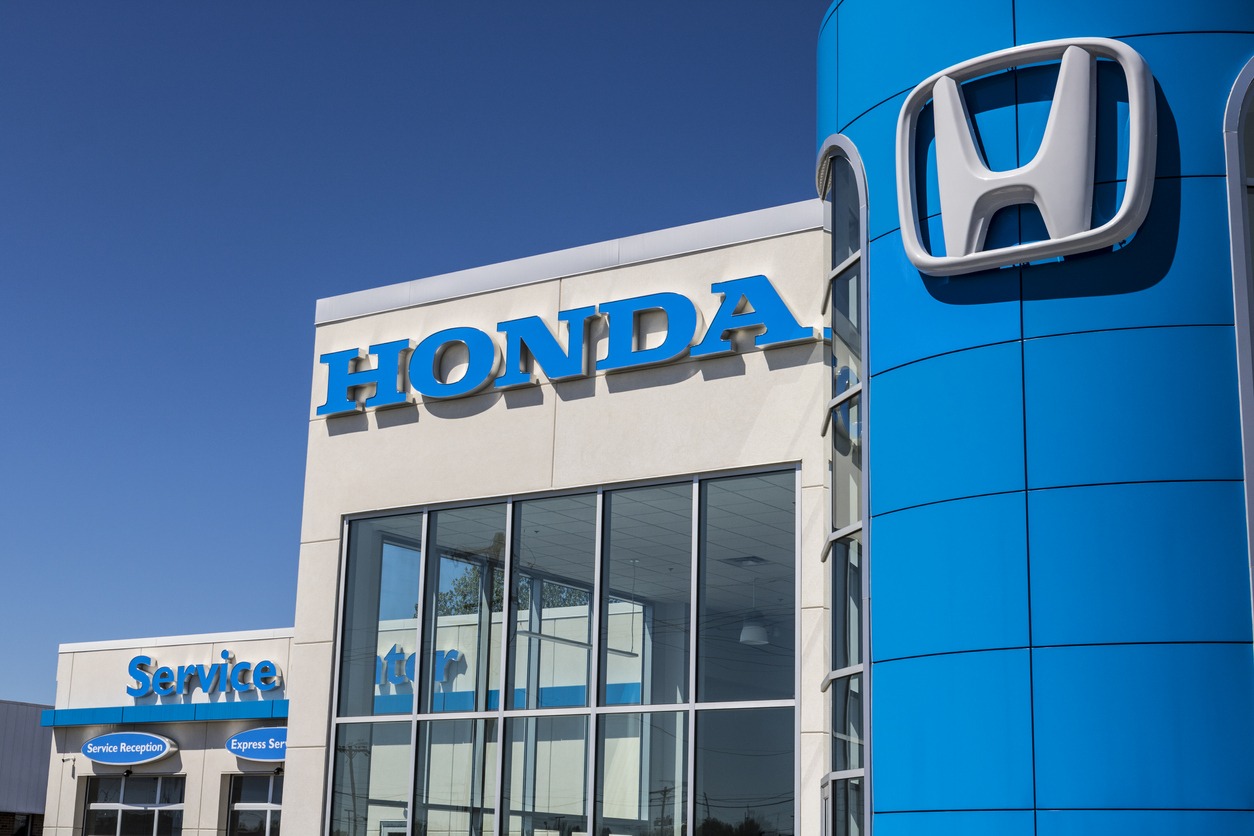Honda is one of the largest automobile manufacturers in the world and is a multinational conglomerate manufacturer that has been a household name for many decades. But before it became the success it is today, Honda started in a small Japanese village where Soichiro Honda lived.
Soichiro Honda was just a curious boy fascinated with cars and machines, but he grew up to be a visionary entrepreneur who revolutionized the automotive industry. Join us as we explore the remarkable story of a man who dared to dream big and, in doing so, reshaped the world’s transportation landscape.
Early Life, Influences, and First Career
Soichiro Honda was born on November 17, 1906, in the small village of Kōmyō near Hamamatsu. He grew up in a hands-on environment, often helping his father, Gihei, who was a blacksmith and bicycle repairman. His mother, Mika, worked as a weaver. From a young age, Honda showed little interest in traditional schooling. In a bit of youthful mischief, he even crafted a homemade stamp to forge his family’s seal on school reports, a trick he extended to his classmates before it was eventually discovered.
Honda’s fascination with machines started early. When he was a toddler, he was captivated by the first car he ever saw in his village, enchanted by its oil smell, which he likened to perfume. This early encounter with the car and the excitement of seeing an airplane demonstration sparked his lifelong passion for machinery and invention. These experiences laid the foundation for the innovative spirit he would carry throughout his life.
Apprenticeship
At the young age of 15, Soichiro Honda, driven by ambition and without formal education, ventured out from his hometown to Tokyo. In 1922, he began working as a mechanic at the Art Shokai garage, marking the start of his hands-on journey in the automotive world. Despite initial uncertainties about his role, Honda dedicated six years to honing his skills as a car mechanic. By 22, he returned home, ready to establish his own auto repair business in 1928.
By 1928, Honda had completed his apprenticeship and was ready to embark on his own path. He returned to his hometown area and opened a branch of Art Shokai in nearby Hamamatsu. His innovative spirit earned him the nickname “Edison of Hamamatsu,” a testament to his creative problem-solving skills and his relentless pursuit of improvement.
Racing Endeavors
Honda’s adventurous spirit also led him to the racing tracks. In 1936, he participated in the “1st Japan Automobile Race” at Tamagawa Speedway, racing a turbocharged Ford. However, a serious crash in this race, which resulted in injury to his left eye and his brother, led him to step away from racing.
However, his experiences on the racetrack provided invaluable insights into the mechanics of speed and efficiency, lessons that he would later apply to his own automotive creations.
Founding of Honda
Tokai Seiki
In 1937, Honda founded Tokai Seiki, a company that produced piston rings. This venture, though challenging, was a crucial step in Honda’s journey. It was here that he honed his skills in manufacturing and faced the realities of running a business.
After initial failures, his company won a contract to supply piston rings to Toyota but eventually lost it due to the poor quality of his products. Undeterred and willing to improve, he attended an engineering school and visited factories around Japan to better understand Toyota’s quality control. By 1941, he was able to mass-produce piston rings for Toyota.
Establishing the Honda Technical Research Institute
In 1944, a US B-29 bomber attack devastated Tōkai Seiki’s Yamashita plant during World War II. In the following year, the Iwata plant was destroyed in the Mikawa earthquake. After the war, Honda made a pivotal decision. He sold what was left of Tōkai Seiki to Toyota for ¥400,000 and used this capital to launch the Honda Technical Research Institute in October 1946.
Pioneering Innovations in Motorbikes
The post-war era in Japan was marked by a dire need for affordable, efficient transportation. Seizing this opportunity, Soichiro Honda channeled his passion for motors and his experience from racing and manufacturing into creating motorbikes. In 1946, under Honda Technical Research Institute, he began producing motorized bicycles. These machines were simple yet revolutionary, featuring surplus generator motors mounted on bicycles.
Honda’s early designs resonated with the public’s need for low-cost mobility. His commitment to quality and innovation quickly set his products apart. In 1949, the Honda Motor Company introduced the “Dream D” motorcycle, a product that showcased Honda’s dedication to both function and form.
Recognizing the significance of these innovations, the Society of Automotive Engineers of Japan lists both the Type A and Type D models as notable landmarks in Japanese automotive technology.
Expanding Honda to the United States
Soichiro Honda was not content with dominating just the Japanese market. He had a global vision, and in the late 1950s, Honda began its international expansion, starting with the United States. The company’s approach was unconventional yet effective, characterized by a focus on local markets’ unique needs and preferences.
After World War II, Soichiro Honda reconnected with Takeo Fujisawa, a friend from his days supplying piston rings to Nakajima Aircraft Company. In 1949, recognizing Fujisawa’s financial acumen, Honda brought him on board to manage the financial aspects of his growing company. This partnership proved to be a turning point, helping Honda expand its operations effectively. By 1959, this expansion had taken Honda Motorcycles all the way to the United States, where they opened their first dealership.
One of Honda’s most significant achievements was changing the perception of motorcycles in the United States. The marketing campaign for the Honda Super Cub, with its slogan “You meet the nicest people on a Honda,” transformed the image of motorcycling from a pastime for rebels to a fun, family-friendly activity. This strategic branding played a crucial role in establishing Honda’s presence in the American market.
Under Soichiro Honda’s leadership as president, Honda Motor Company blossomed into a billion-dollar multinational corporation. The company not only led the world in motorcycle sales but also outperformed major competitors like Triumph and Harley-Davidson in their home markets.
Expanding into Automobiles
Soichiro Honda’s vision extended beyond two-wheelers. In the early 1960s, he ventured into the automobile industry, a bold move that would further solidify his legacy. Honda’s foray into cars began with the T360 mini-truck and the S500 sports car in 1963, marking the company’s transition from a motorcycle manufacturer to a comprehensive automaker.
The introduction of the Honda Civic in 1972 was a landmark event. This compact car, known for its fuel efficiency and reliability, was developed in response to the oil crisis and changing environmental concerns. The Civic not only met the immediate needs of consumers but also set new standards in the automotive industry for eco-friendly and economical vehicles.
Innovation and Racing
Soichiro Honda’s passion for racing continued to influence his company’s direction. Honda’s involvement in motorsport, particularly Formula One, was not just for prestige but was a testament to his belief in the importance of competition for technological advancement. The racing track was a laboratory where Honda tested and refined its engineering, leading to innovations that would eventually find their way into consumer vehicles.
Final Years and Death
Soichiro Honda stepped down as president in 1973, but he didn’t leave the company. He continued as a director and, a decade later, became “supreme advisor.” His impact was so significant that People magazine named him one of the “25 Most Intriguing People of the Year” in 1980, comparing him to “the Japanese Henry Ford.” In retirement, Honda dedicated time to the Honda Foundation.
Even in his later years, Honda and his wife Sachi were active, both holding private pilot’s licenses. Honda had a wide array of hobbies, including skiing, golf, car racing, hang gliding, and ballooning – even taking up these activities at the age of 77. He was also a skilled artist.
Notably, he and Takeo Fujisawa decided their sons wouldn’t be obligated to join the family business. Honda’s son, Hirotoshi, made his own mark by founding and leading Mugen Motorsports, which is known for tuning Honda vehicles and creating racing cars.
Death
Soichiro Honda passed away on August 5, 1991, at the age of 84, just before the Hungarian Grand Prix. His death was due to liver failure. The Grand Prix winner, Ayrton Senna, dedicated his victory to Honda. Posthumously, Honda received high honors, including a senior rank in the order of precedence and the Grand Cordon of the Order of the Rising Sun, acknowledging his vast contributions.
Soichiro Honda’s Philosophy and Leadership Style
Embracing Nonconformity and Innovation
Soichiro Honda’s approach to business and leadership was deeply rooted in his personal philosophy, characterized by nonconformity and a relentless pursuit of innovation. He often challenged traditional norms, not only in engineering and design but also in corporate culture and management.
The Power of Dreams and Perseverance
A key component of Honda’s philosophy was the belief in the “power of dreams.” He consistently encouraged creativity and imagination, both in himself and his employees. This mindset was not about mere wishful thinking; it was about setting seemingly unattainable goals and relentlessly pursuing them. Honda’s journey from a small workshop in Hamamatsu to a global corporation is a testament to this philosophy.
Learning from Failure
Honda’s attitude towards failure was unconventional. He viewed failures not as setbacks but as valuable learning opportunities. This perspective was critical in an industry where innovation often meant venturing into untested waters. Honda’s ability to embrace failure and learn from it played a crucial role in the development of groundbreaking technologies and products.
Employee Empowerment and Meritocracy
Soichiro Honda’s leadership style was unique for his time and location. He was known for being approachable, often walking the factory floors, engaging with employees, and encouraging open communication. He valued talent and hard work over seniority, promoting a meritocratic culture within the company. This leadership style not only endeared him to his employees but also fostered a dynamic and innovative work environment.
Breaking Barriers in Communication
Honda was known for his hands-on approach and was often seen on the factory floor, interacting with employees and engaging in open communication. He broke down the barriers between management and workers, encouraging a free flow of ideas. This level of accessibility and openness was rare in Japanese corporations at the time and contributed significantly to the company’s innovative spirit.
Global Perspective with a Local Focus
Honda’s leadership style was also characterized by a global perspective. He understood the importance of catering to local tastes and preferences in international markets. This approach required a deep understanding of different cultures and market dynamics, allowing Honda to successfully navigate the global automotive landscape.
Legacy of Leadership
Soichiro Honda’s leadership style left an indelible mark on Honda Motor Co. and the broader business world. His emphasis on innovation, learning from failure, employee empowerment, open communication, and global-local balance in business strategy remains relevant in modern corporate practices.
The Enduring Legacy of Soichiro Honda
Pioneering Innovations in the Automotive Industry
Soichiro Honda’s legacy in the automotive industry is characterized by his pioneering spirit and innovative approach. He revolutionized the way vehicles were manufactured and perceived. Under his guidance, Honda Motor Co. became synonymous with reliability, efficiency, and advanced engineering. His innovations, particularly in motorcycles and compact cars, set new standards in the industry and are still influential today.
Impact on Corporate Culture and Leadership
Honda’s influence extended beyond automotive engineering to the realms of corporate culture and leadership. His unorthodox approach to management, promoting merit over seniority and encouraging open communication, was groundbreaking in Japan. These principles fostered a culture of innovation and teamwork, aspects that are still evident in Honda’s corporate ethos. His leadership style has been studied and admired globally, serving as a model for effective and humane corporate management.
Contributions to Environmental Sustainability
Honda’s commitment to environmental sustainability was ahead of its time. His focus on developing fuel-efficient and low-emission vehicles paved the way for the modern automotive industry’s focus on sustainability. The Civic, with its CVCC engine, was a landmark in this journey, showing that environmental responsibility could go hand-in-hand with commercial success.
Global Influence and Expansion
Soichiro Honda’s vision led to the global expansion of the Honda brand. His understanding of diverse market needs and consumer behaviors enabled the company to establish a strong presence in various international markets. Today, Honda is a global brand, with its products and services available worldwide, a testament to Soichiro Honda’s vision and strategies.
Inspiring Future Generations
The story of Soichiro Honda continues to inspire entrepreneurs, engineers, and business leaders across the world. His journey from a small workshop to a global enterprise is a testament to the power of dreams and perseverance. Honda demonstrated that with passion, innovation, and a willingness to challenge the status quo, significant changes are possible.
Honors and Recognitions
Posthumously, Soichiro Honda’s achievements have been recognized and honored globally. The establishment of the Soichiro Honda Medal by ASME and his induction into the Automotive Hall of Fame are acknowledgments of his lasting impact on engineering and transportation. These honors celebrate not just his technical accomplishments but also his contributions to society and industry as a whole.
Conclusion
Soichiro Honda’s life story is more than a story of entrepreneurial success – it shows the power of innovation, resilience, and the human spirit. From humble beginnings in a small Japanese village to founding a global automotive empire, Honda’s journey exemplifies the transformative power of dreams and determination.



